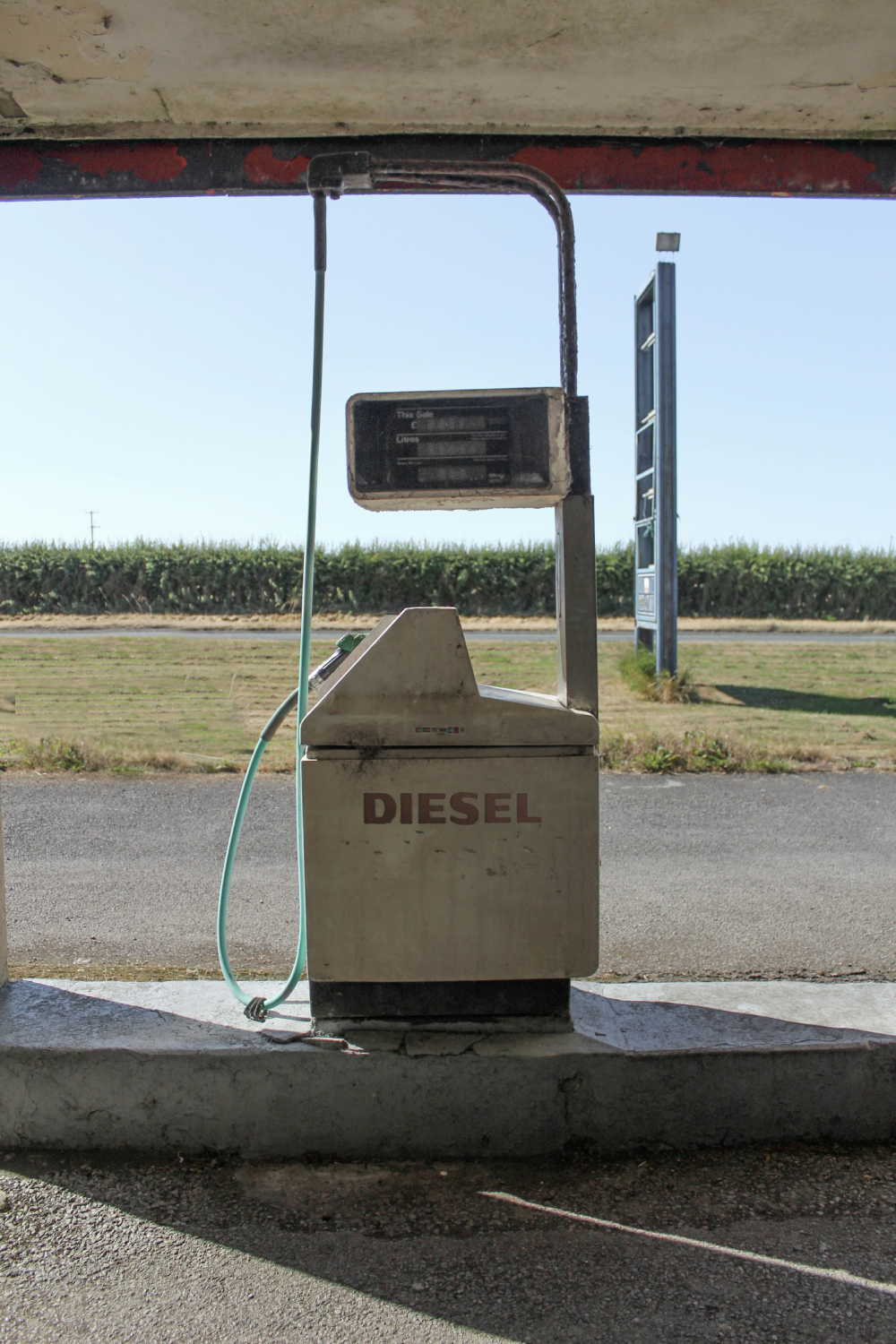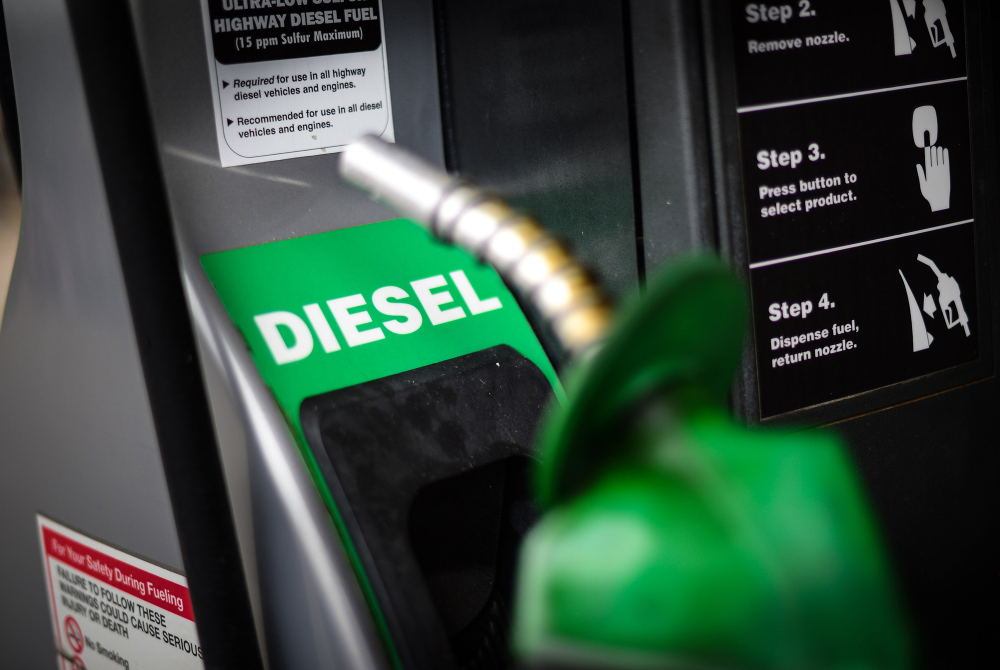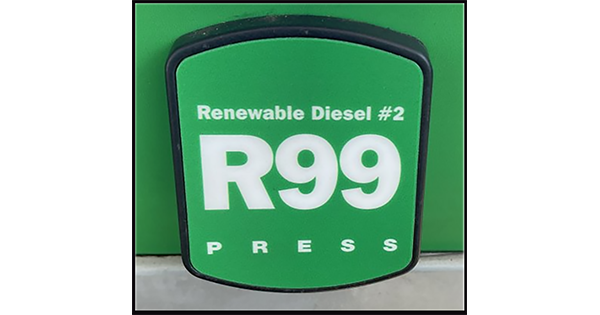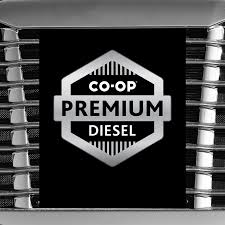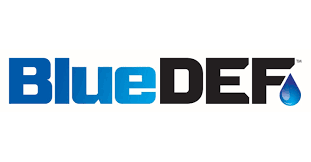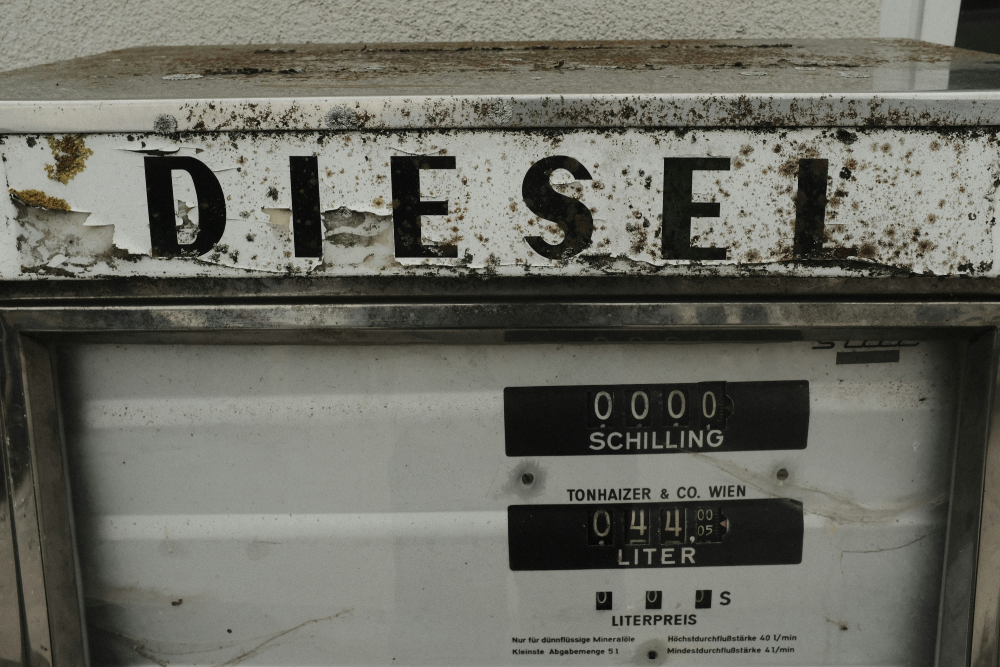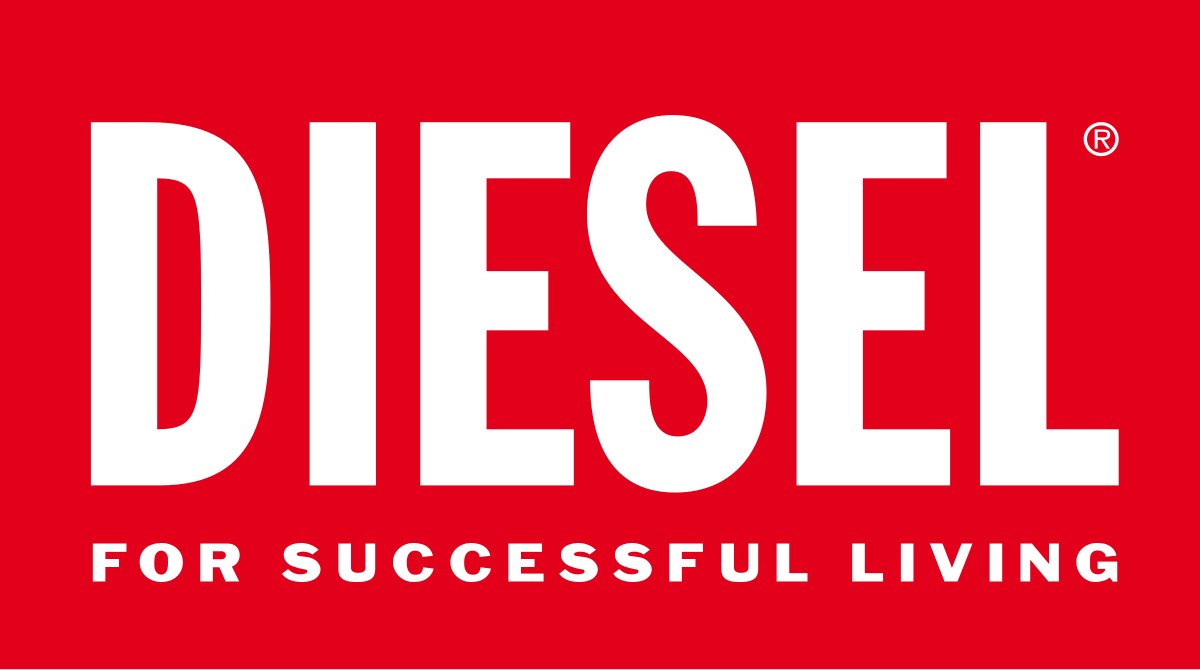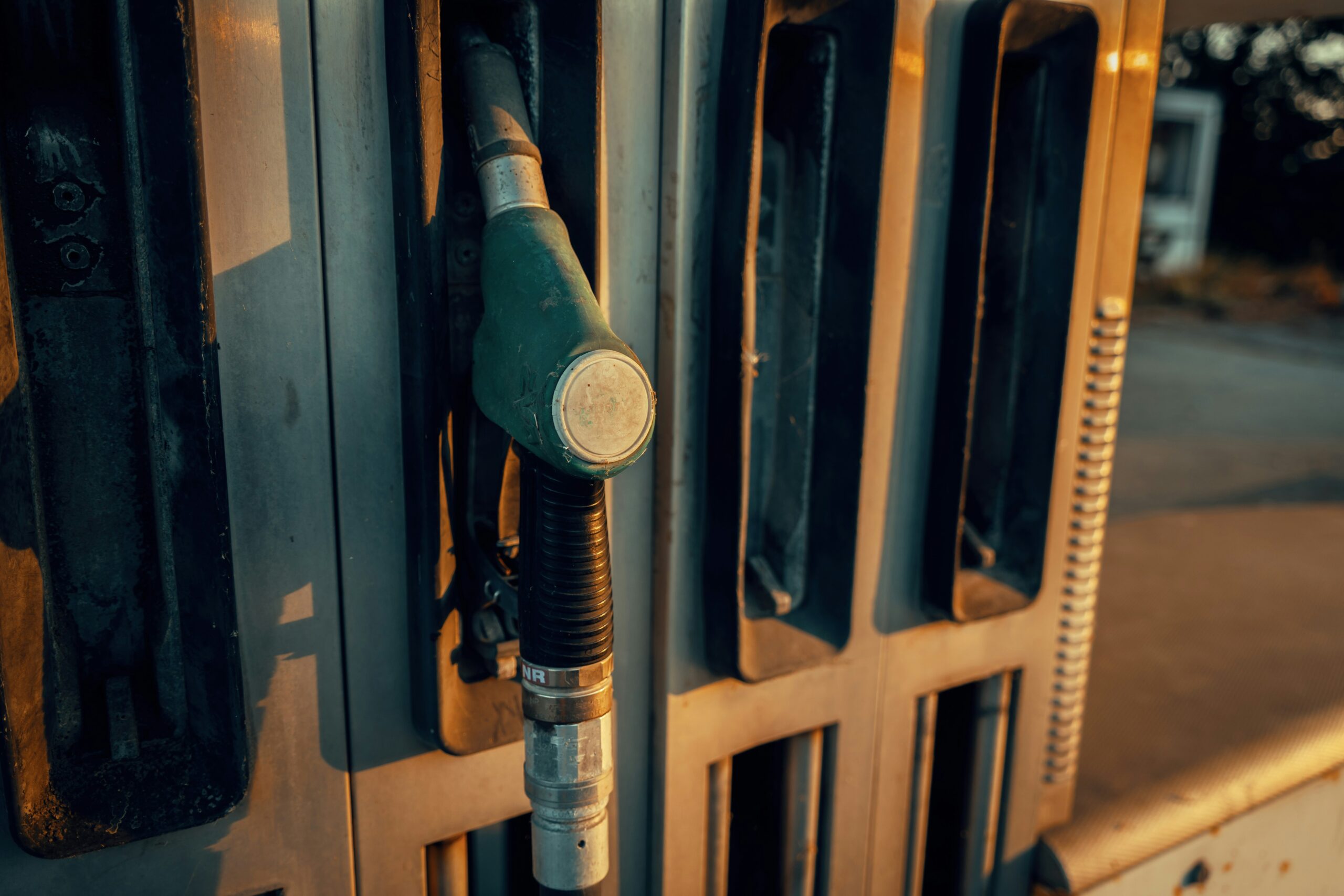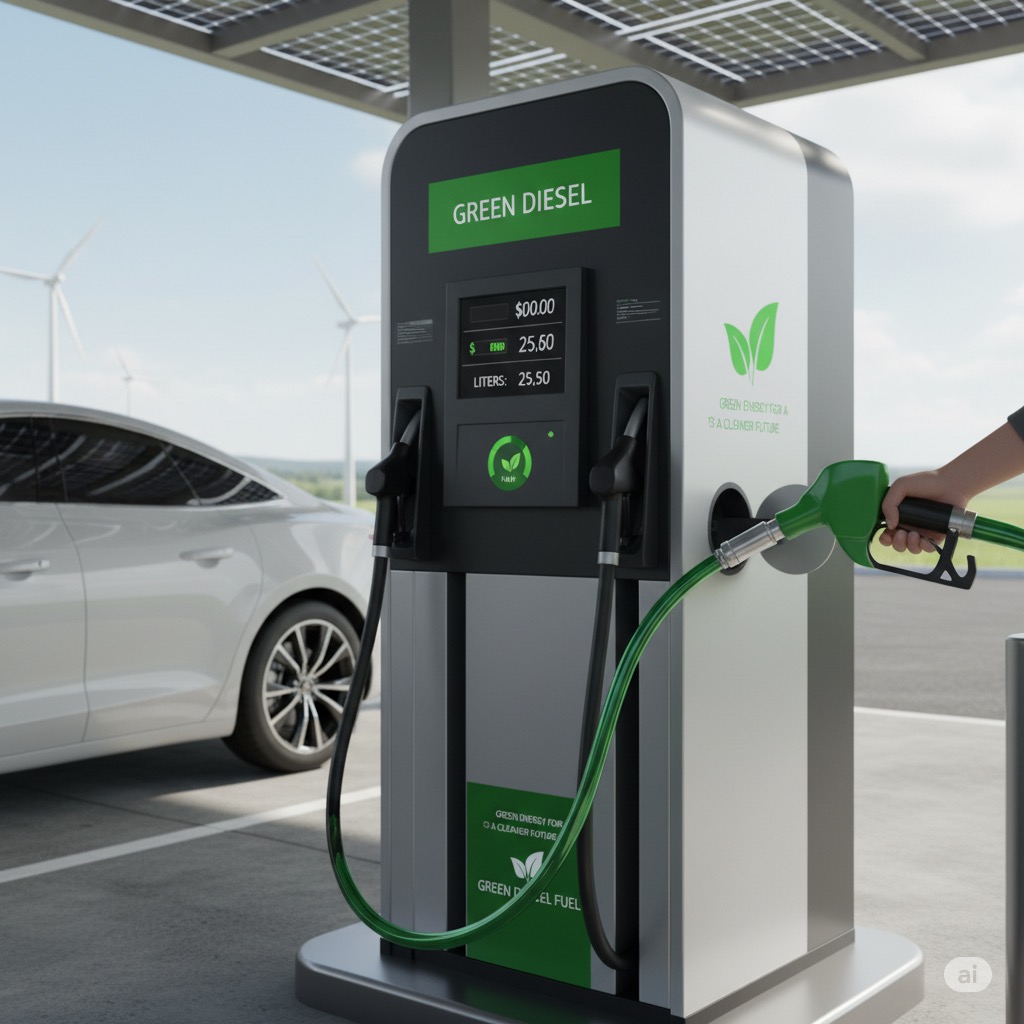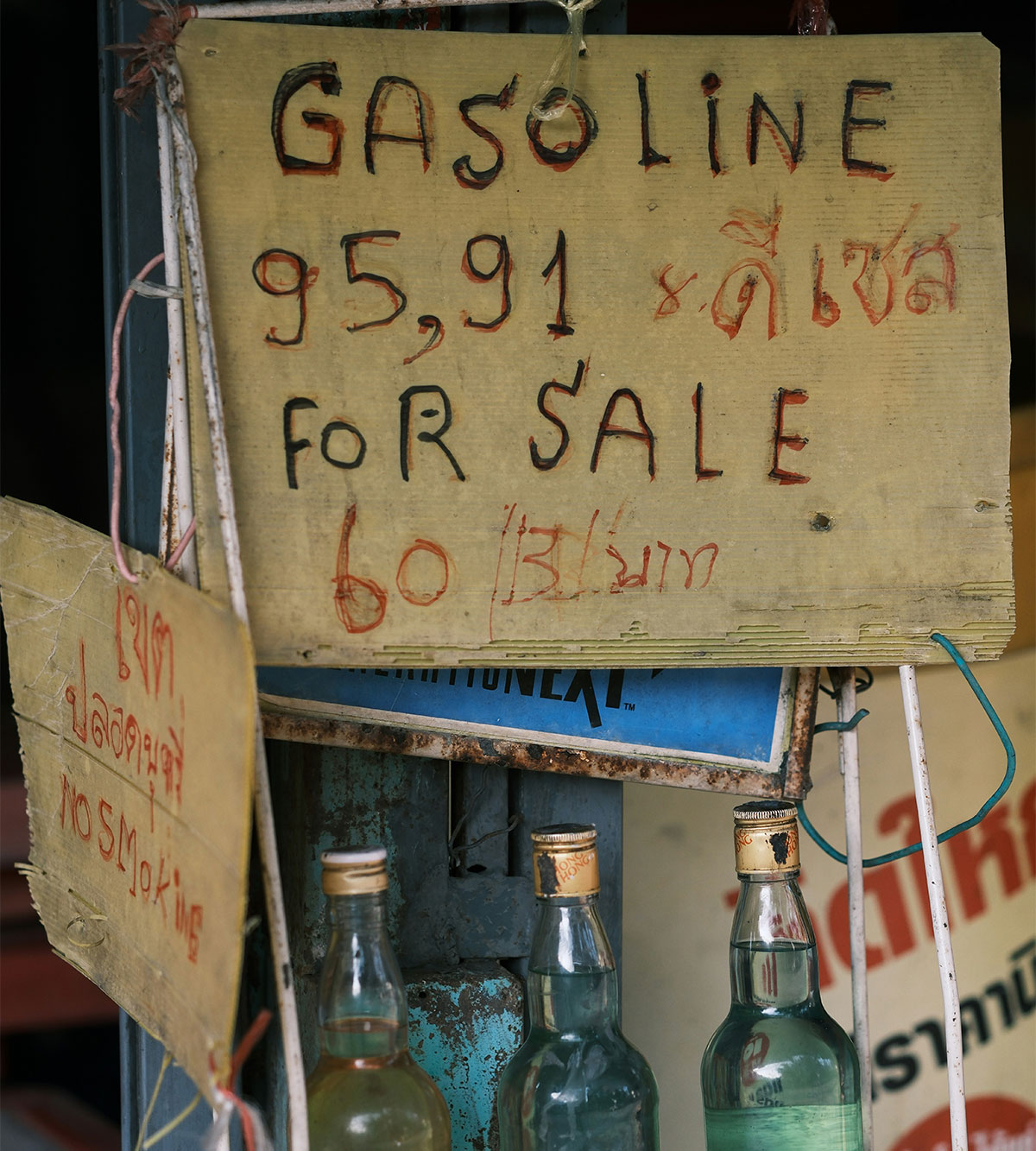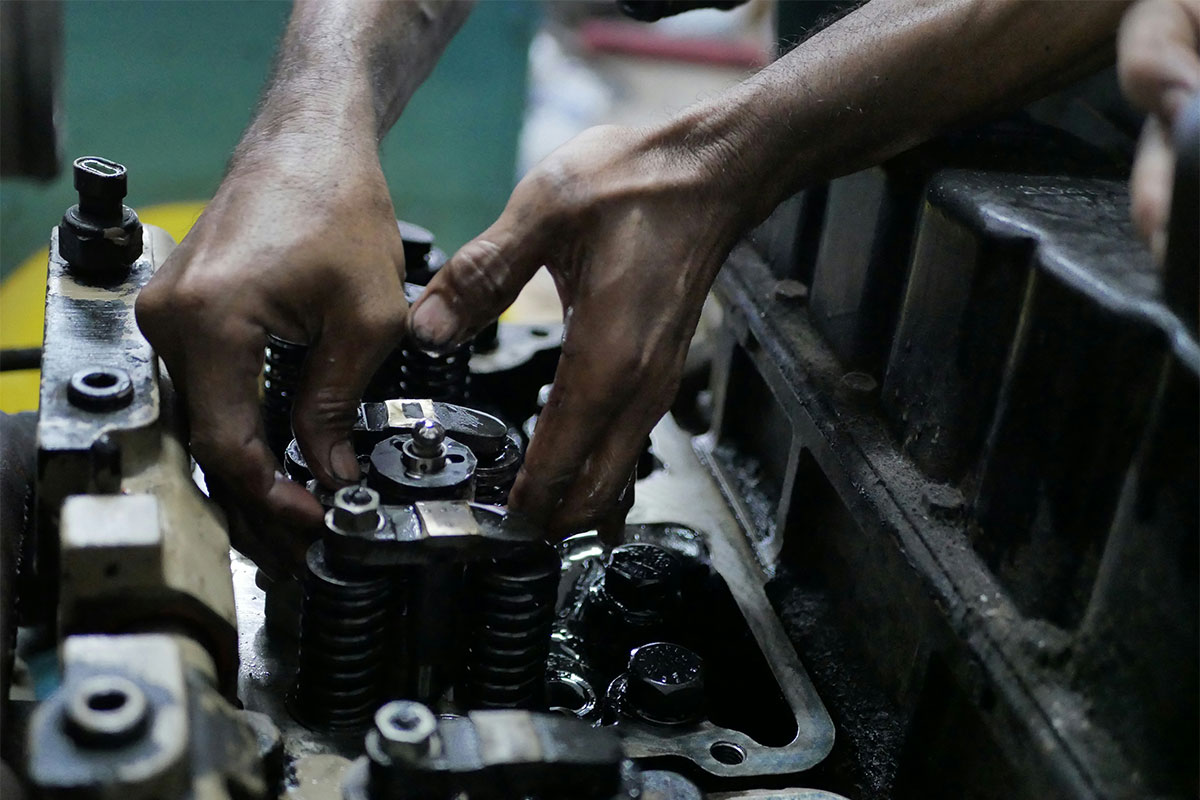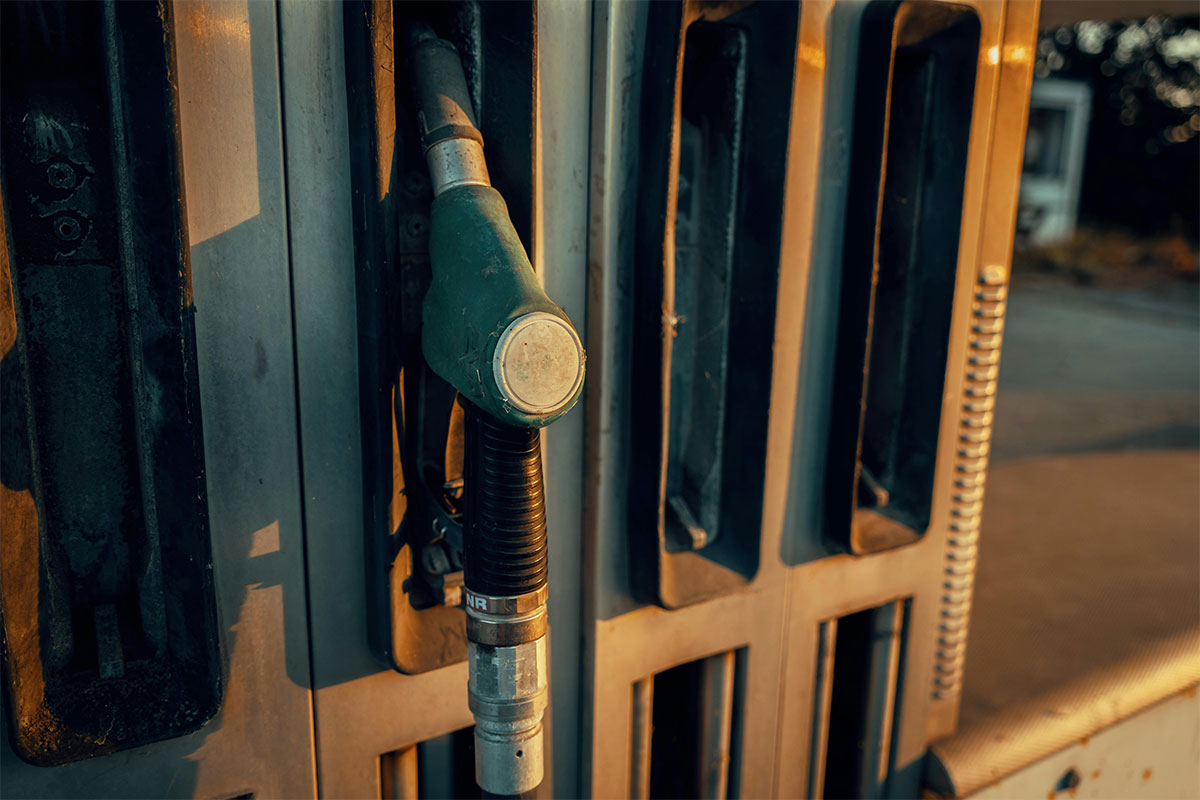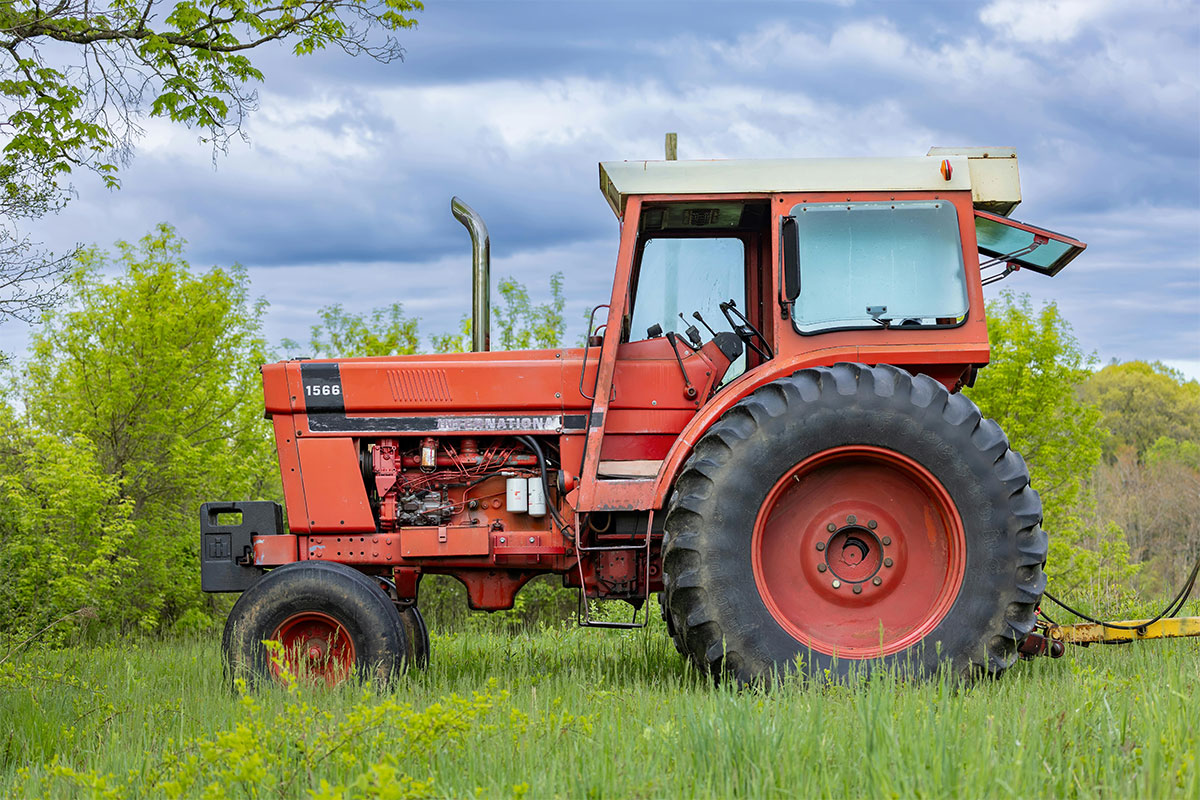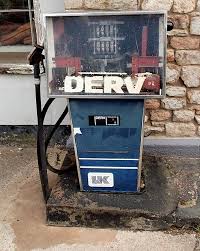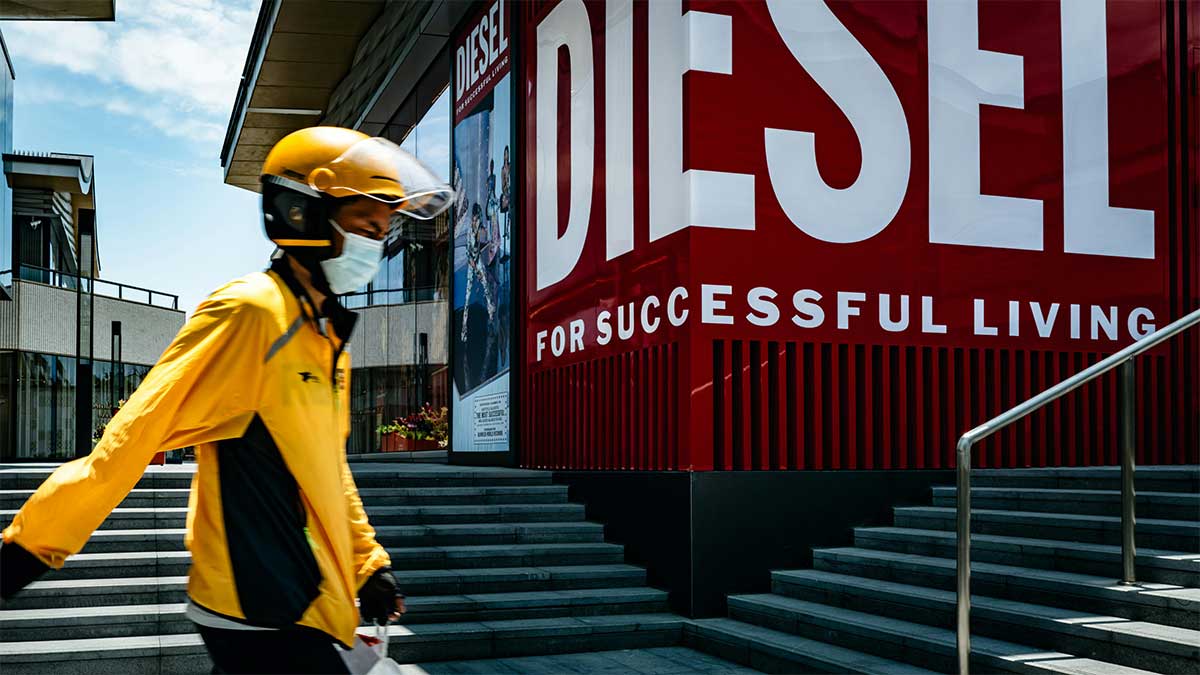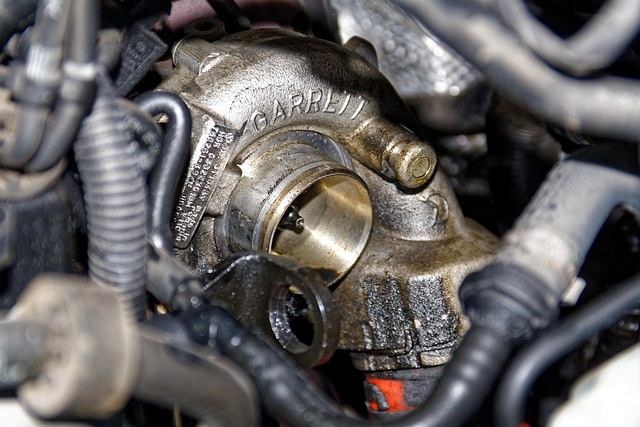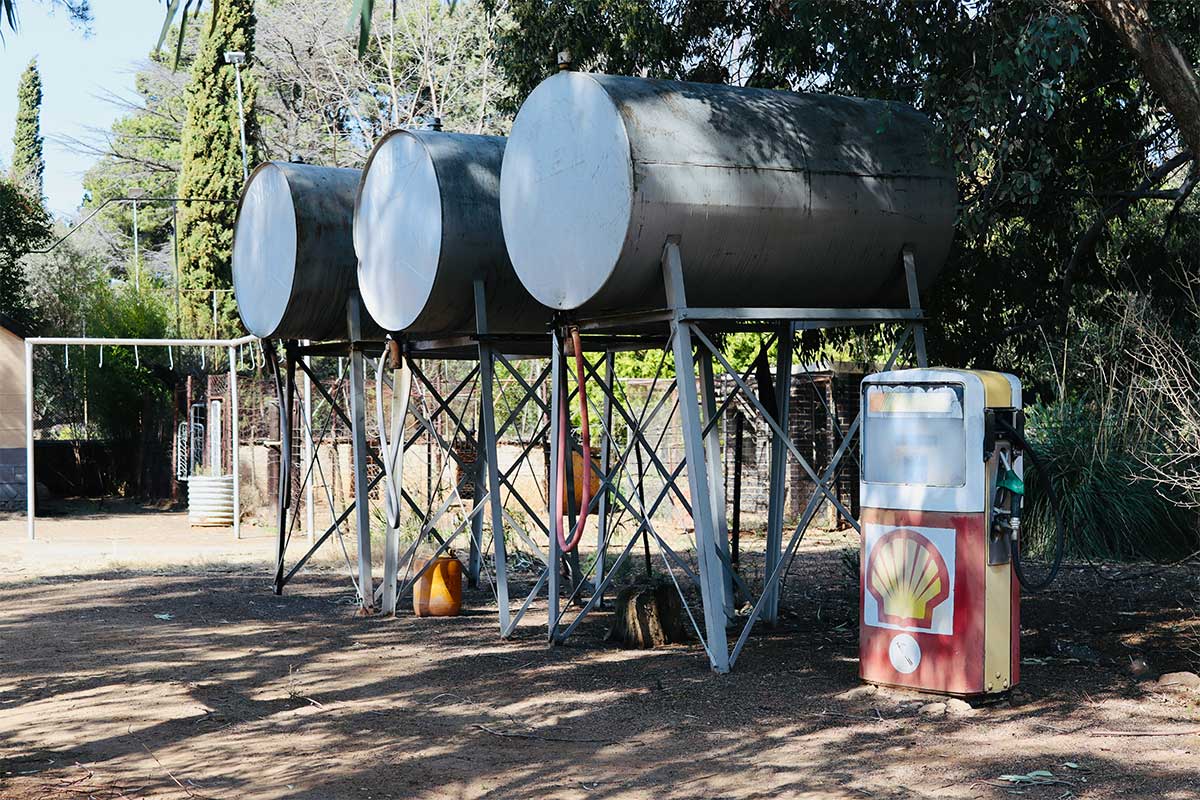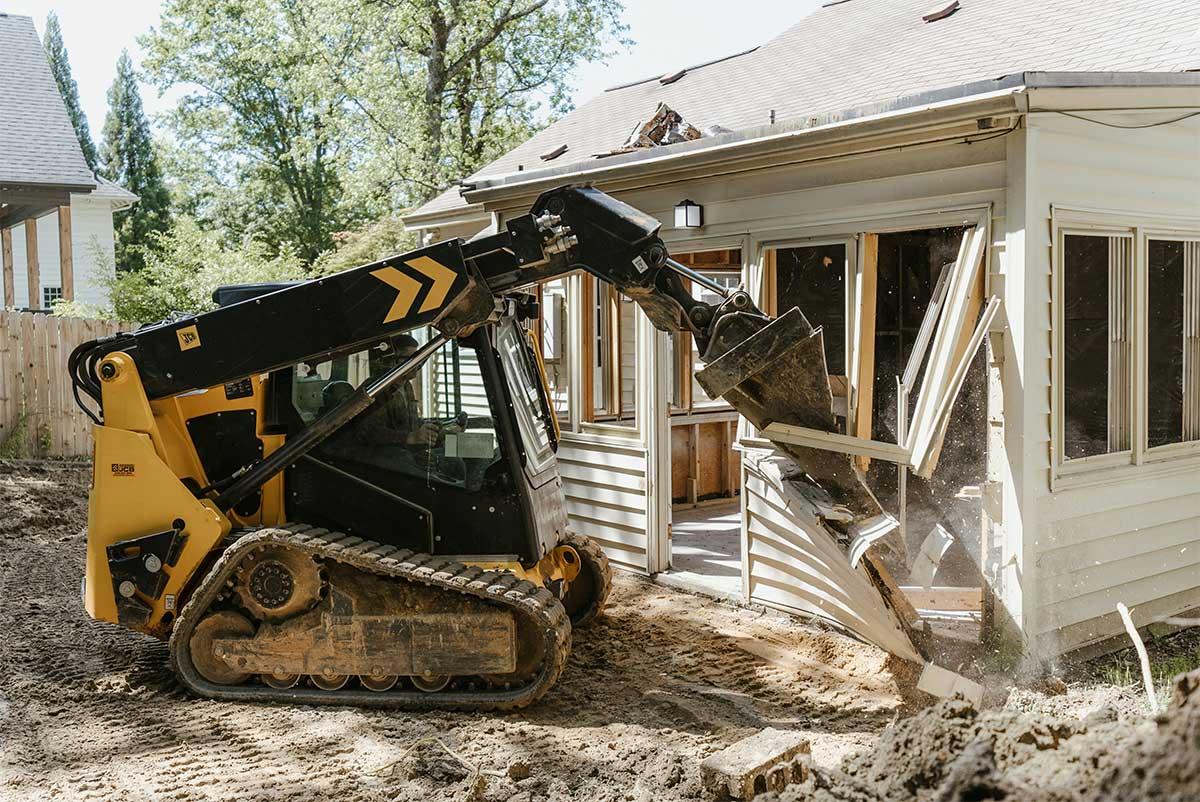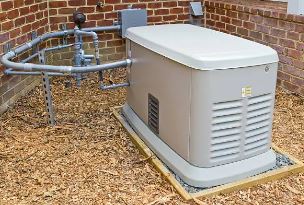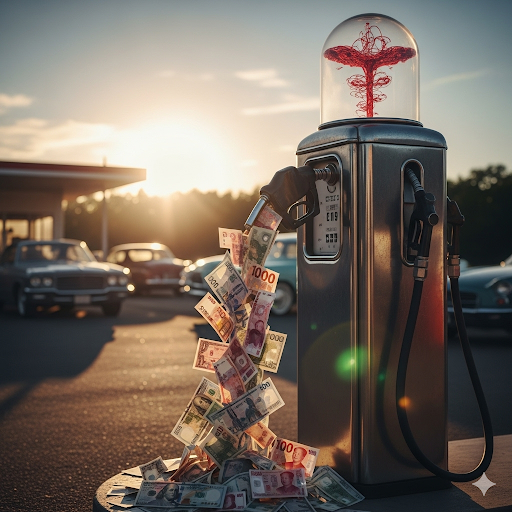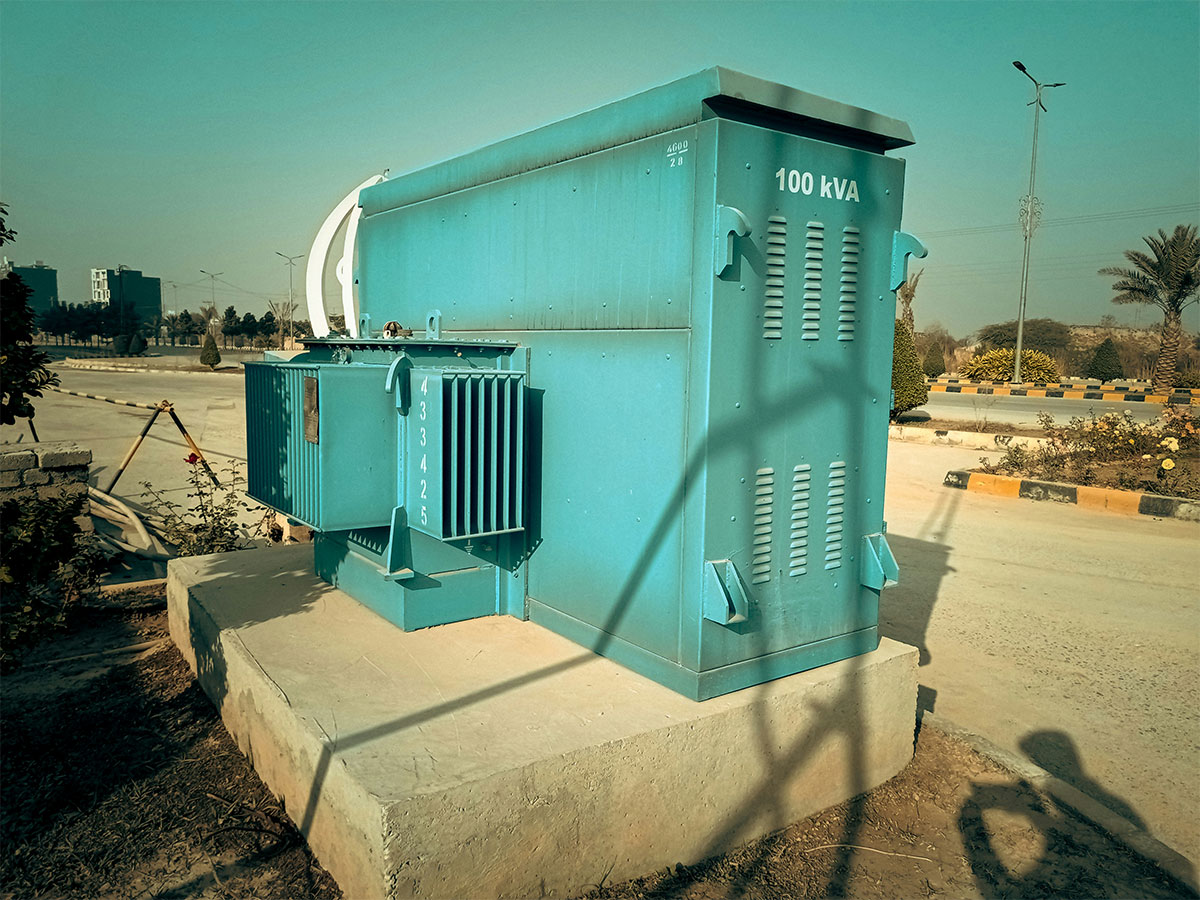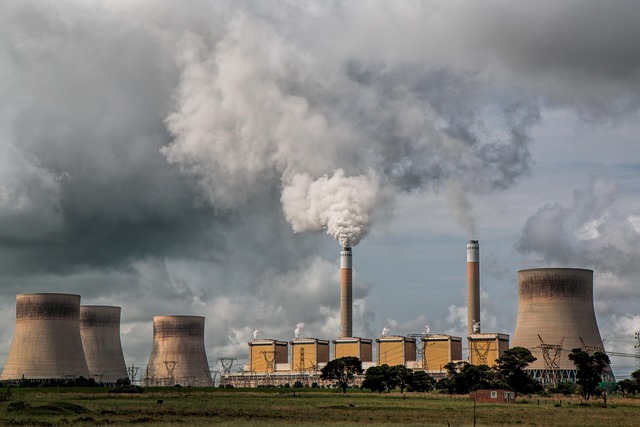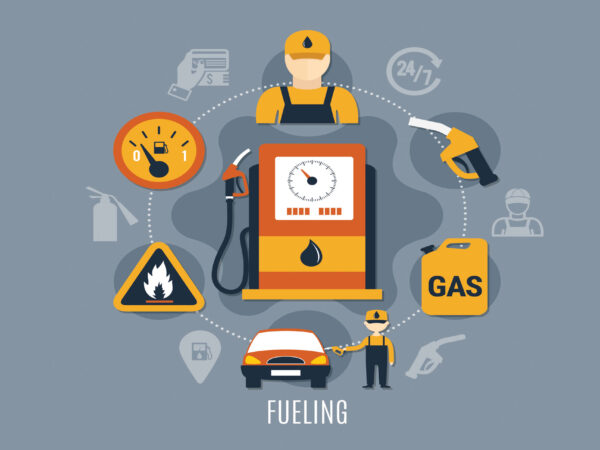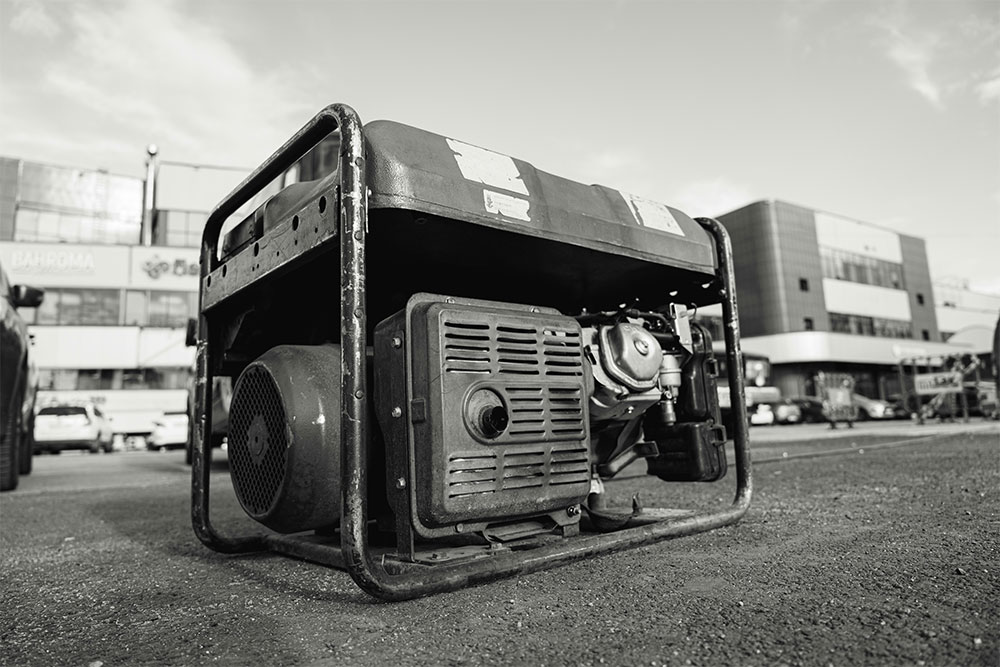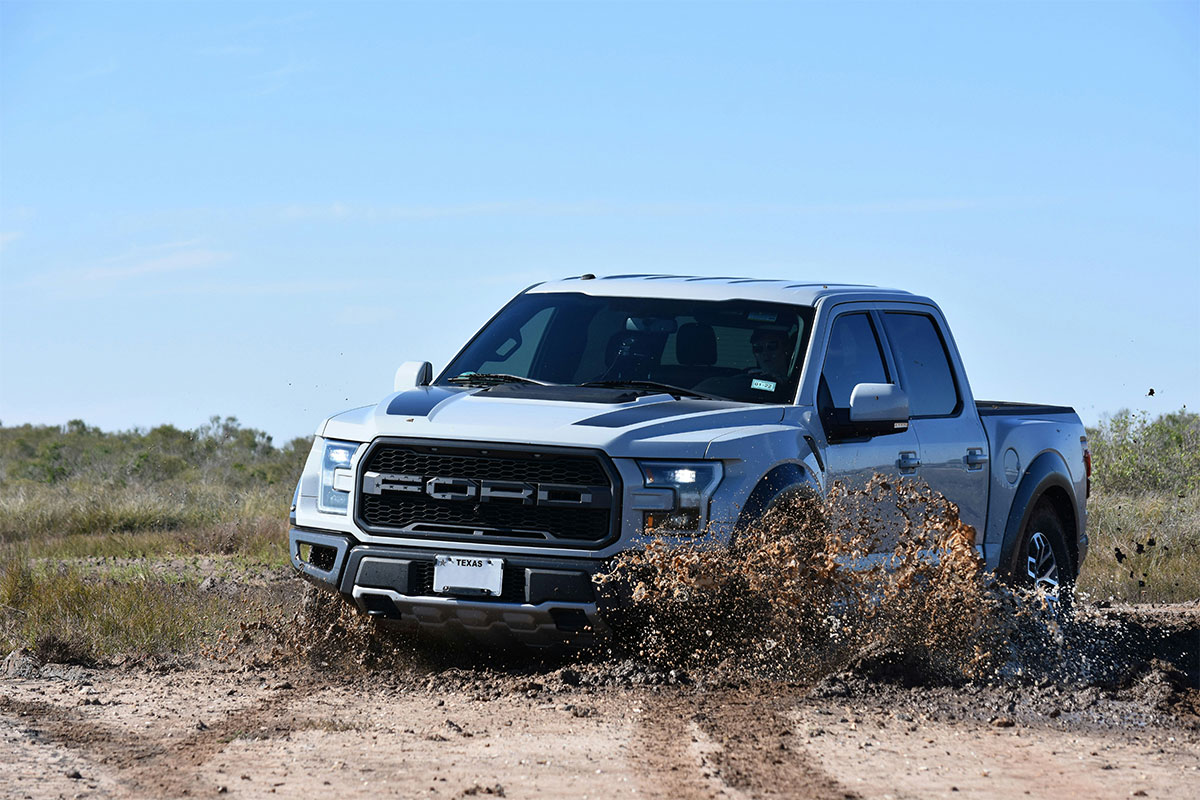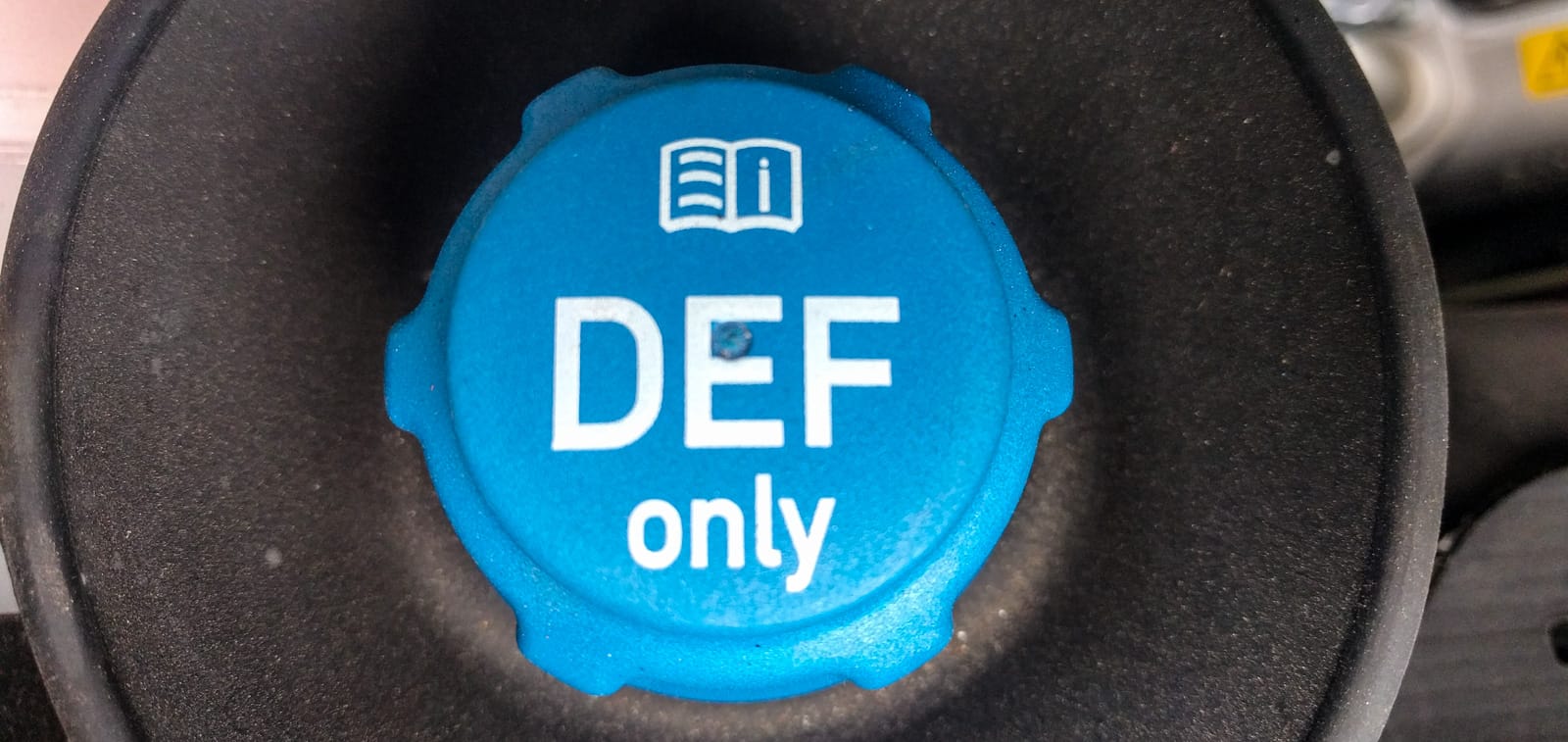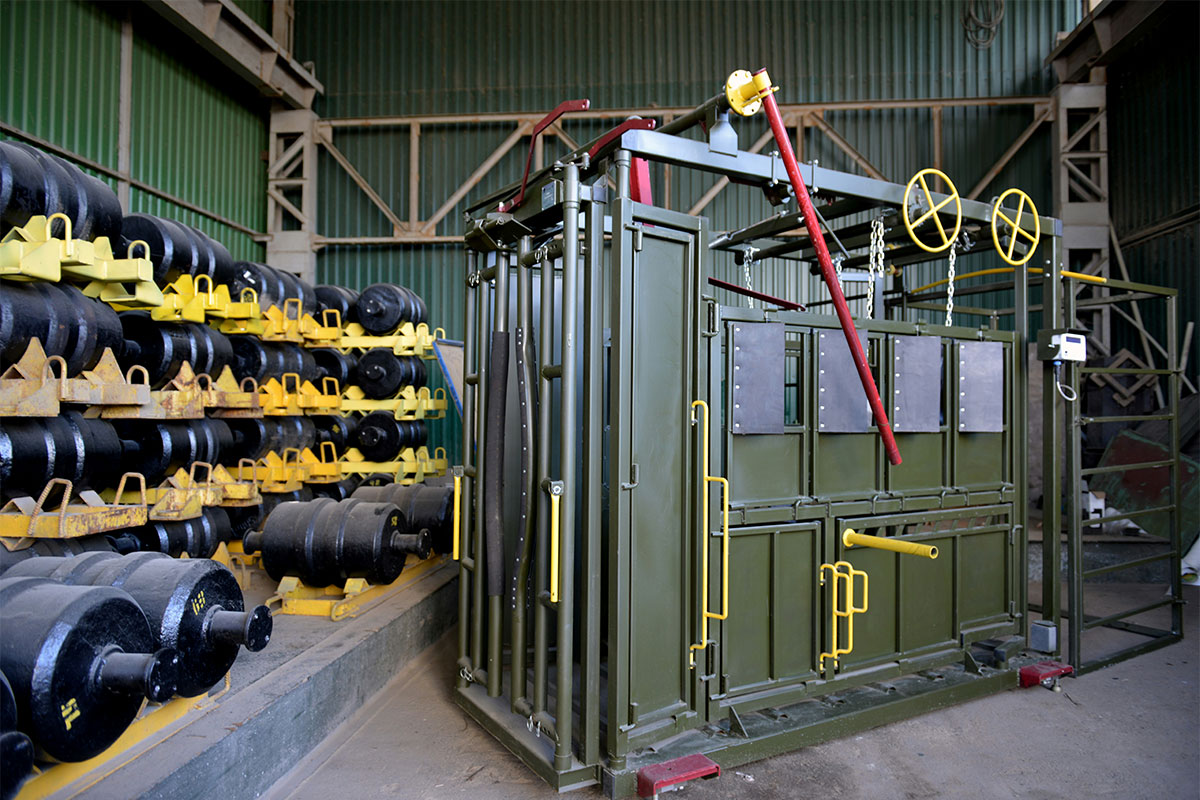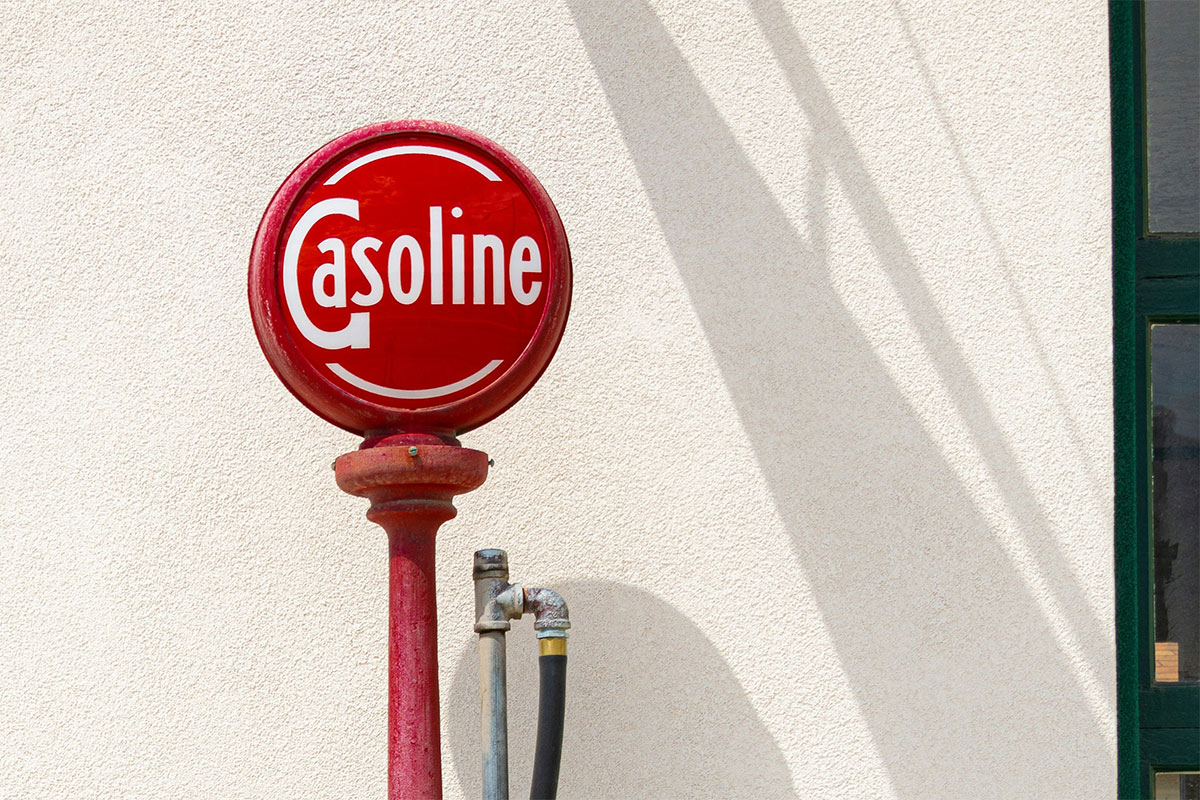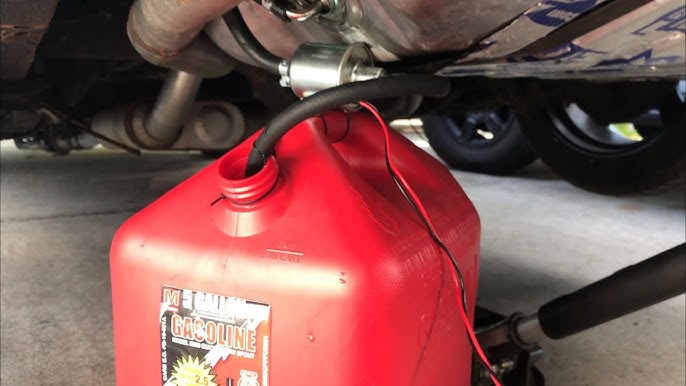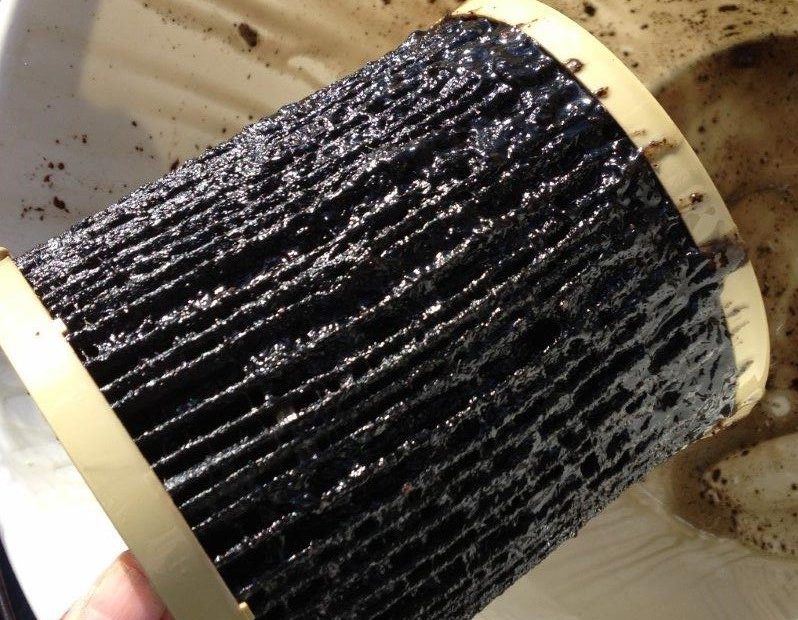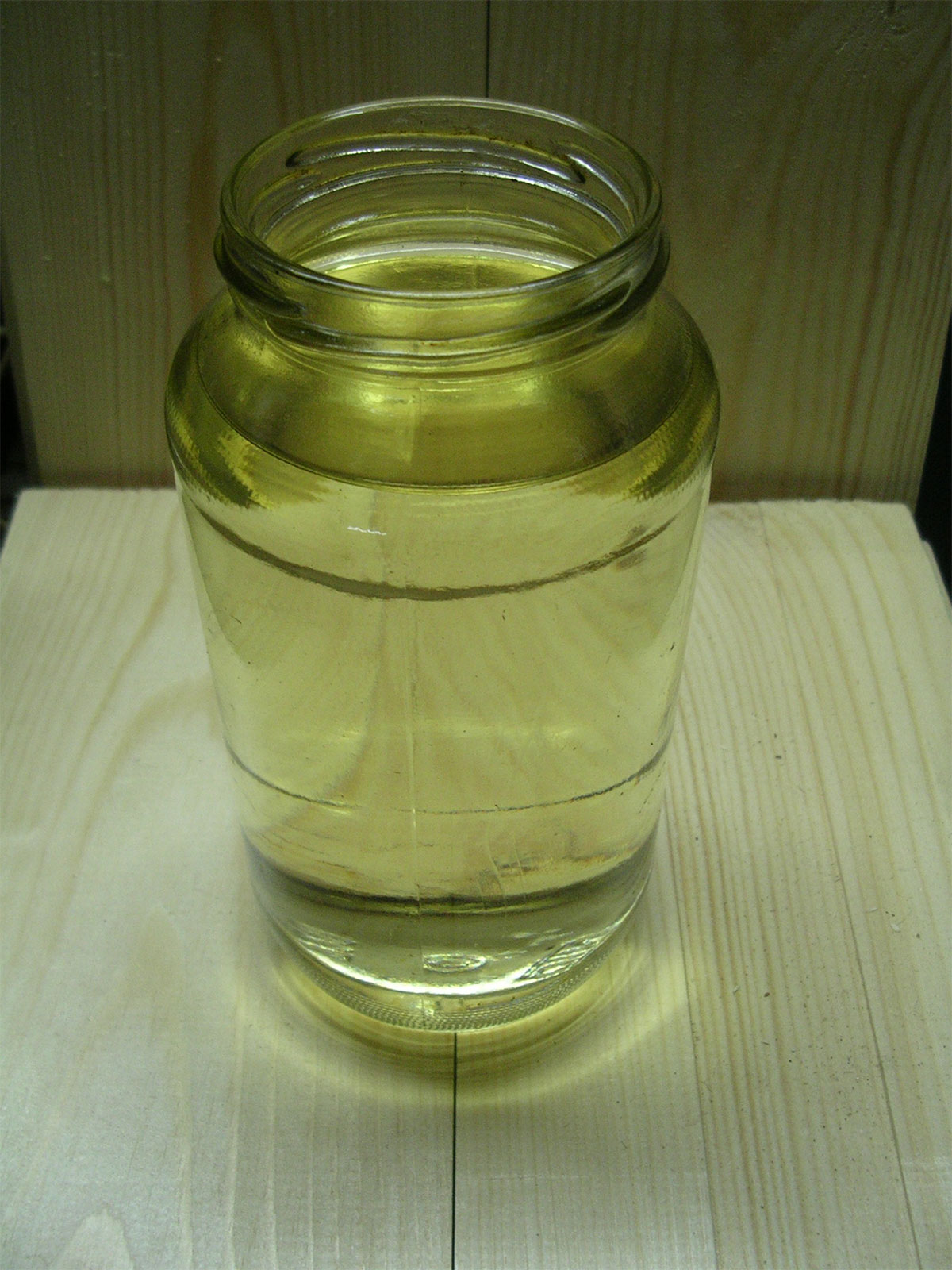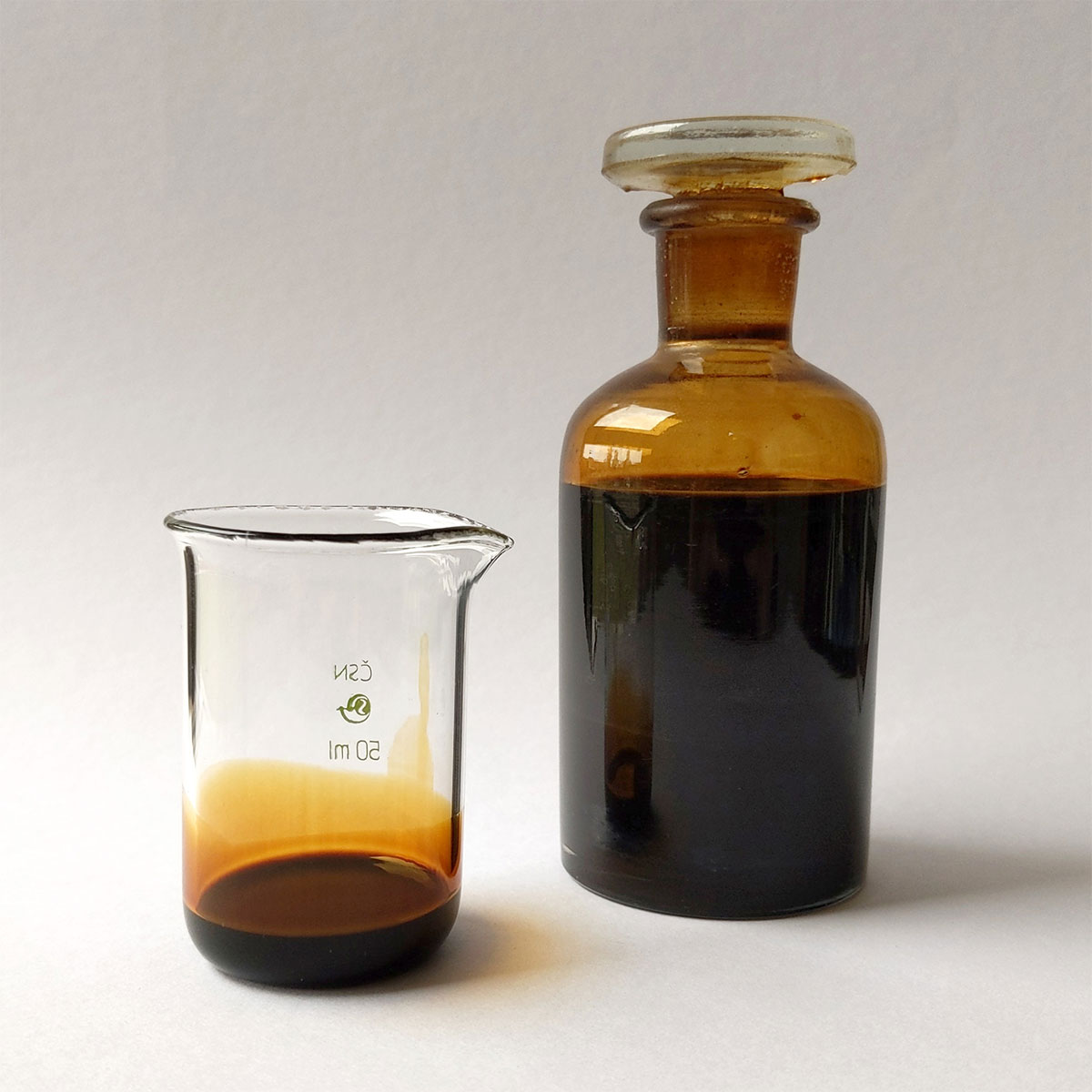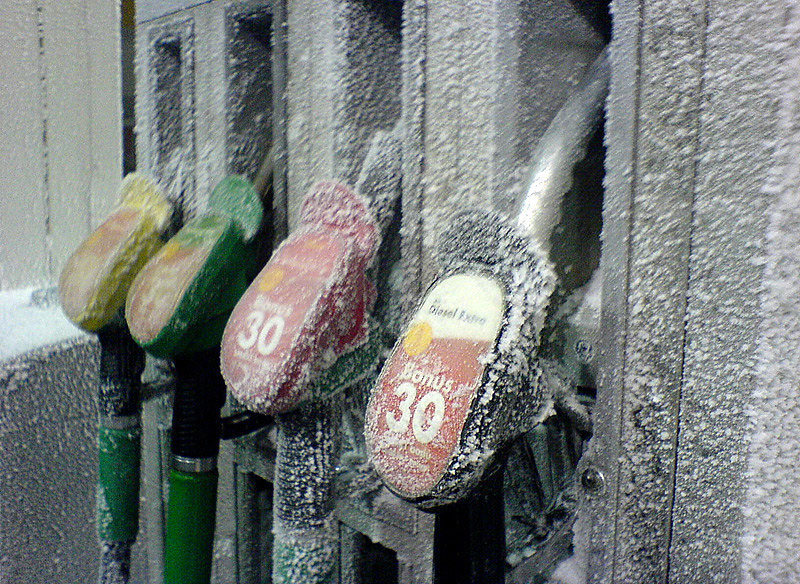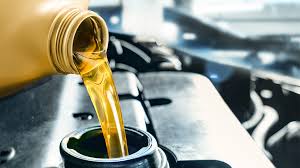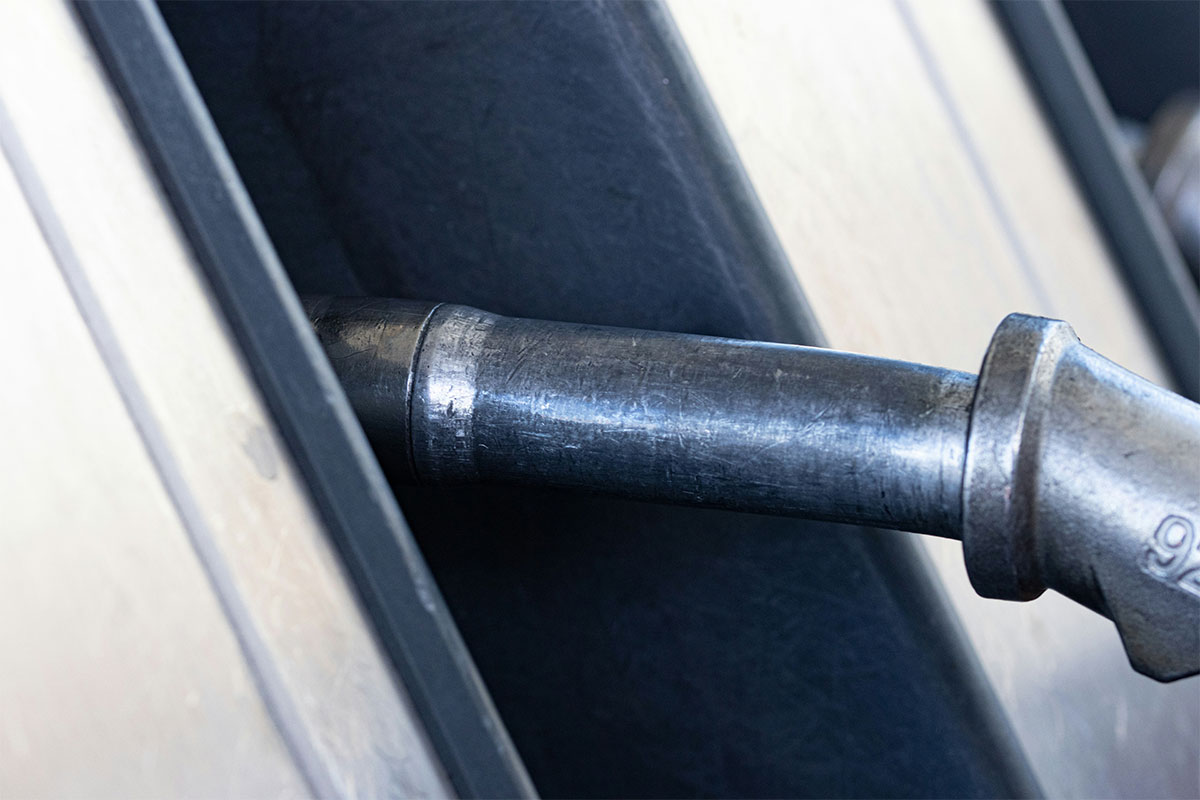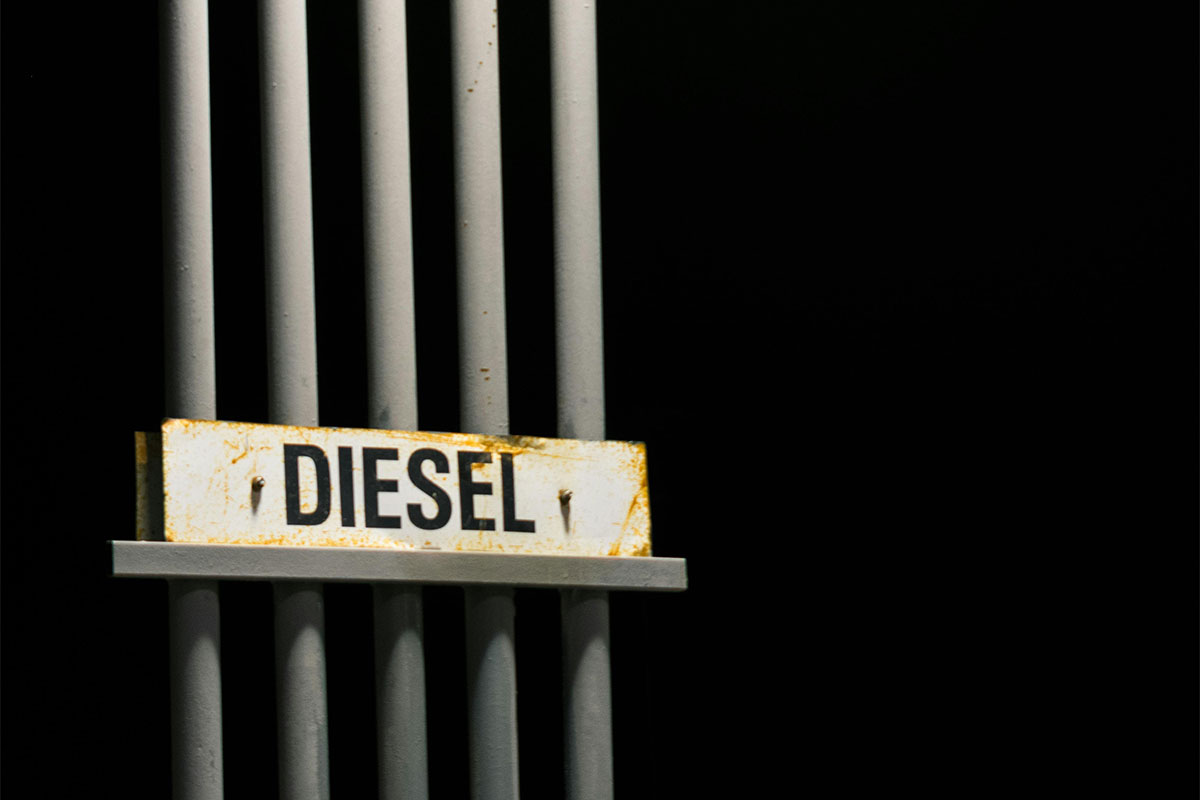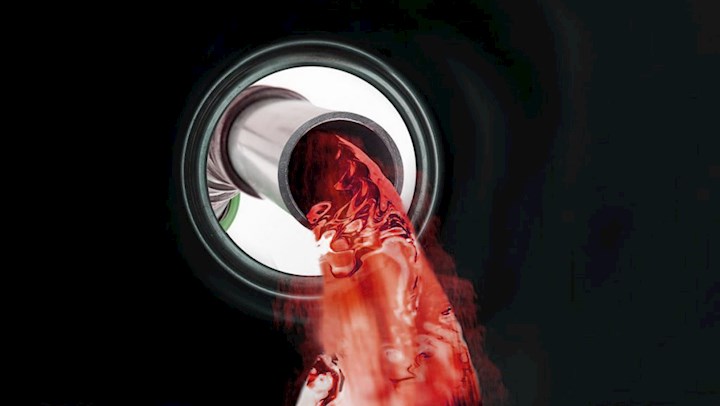Key Takeaways
- Regular serves most cars, higher octane prevents knock when required.
- Mid grade fills needs between regular and premium at some stations.
- Premium suits engines that require higher compression and knock resistance.
- Diesel is a different fuel, never use it in gasoline engines.
- E15 and E85 fit approved vehicles only, always check.
Table of Contents
What Are The 4 Gas Types?
Regular is typically 87 octane for most cars, mid grade sits around 89-90, premium ranges from 91-93. These are gasoline grades based on octane, which reflects resistance to knock during combustion under pressure. Labels and names vary by brand, but the octane numbers guide the choice for everyday vehicles.
It’s crucial to understand the distinction between diesel and gasoline, even though they may be dispensed at the same fuel island. Diesel engines operate on compression ignition, whereas gasoline engines utilize spark ignition. Mixing these fuels across engine types can lead to significant engine damage, increased costs, and the risk of misfueling, especially at busy service stations. Knowing the difference safeguards your engine and your wallet.
What Kind Of Gas Does My Car Need?
Look at the fuel door and the owner manual, then match the minimum octane stated. Badges like FlexFuel and yellow caps signal ethanol blends are allowed. For normal gasoline cars, regular gasoline works if premium is not required. When unsure, ask a qualified technician and avoid guessing to protect warranty and components.
What Are The Different Types Of Gas For Cars?
At the pump you will find gasoline grades, diesel, and ethanol blends. Gasoline comes as regular, mid grade, and premium. Ethanol blends include E10, E15, and E85 for flex fuel vehicles. Some regions also offer natural gas for dedicated vehicles, either compressed or liquefied, mostly for fleets and heavy duty use.
Fuel type describes the fuel family such as gasoline or diesel. Fuel grade describes octane within gasoline. Engines are designed for a fuel type first, then a grade within that type. Follow the manufacturer recommendation so combustion and emissions systems work as designed.
Not Sure If Your Car Takes E15, E85, or Regular?
Most modern gasoline cars (2001+) can use E15, but E85 is only for flex-fuel vehicles with badges or a yellow cap. Check your fuel door and owner’s manual before you fill up.
Does It Matter What Type Of Gas You Put In Your Car?
Using the wrong type harms performance and reliability. Gasoline in a diesel or diesel in a gasoline car can lead to stalling or costly repairs. Using lower octane than required can cause knock and reduce efficiency. Using higher octane than needed rarely adds power in engines not designed for it.
Most cars only need regular, but some engines require premium for proper operation. Protect longevity by following the minimum octane on the label and in the manual.
If you suspect misfueling or any other issues related to fuelling, the best thing to do is to book a simple inspection to check for fuel related issues and restore efficiency.
How Do You Know What Type Of Gas To Put In Your Car?
Here are some important tips regarding fuel types:
- Read the owner’s manual and fuel door label to determine the minimum octane required.
- Check vehicle badges; “FlexFuel” indicates E85 is permitted, often confirmed by a yellow fuel cap.
- If unsure, consult a trusted technician rather than guessing at the pump.
- Never use diesel in gasoline cars, and never use gasoline in diesel engines.
- E15 is approved for most modern gasoline cars manufactured from 2001 onwards.
- Older small engines and boats may benefit from ethanol-free gasoline for storage.
- Natural gas requires dedicated systems; do not attempt improvised conversions.
- Confirm local labels as names can vary, but octane numbers remain the guiding factor.
Put The Wrong Fuel In? Do Not Start The Engine.
Diesel in a gas car or gas in a diesel can cause costly damage. Turn the engine off, arrange towing, and have the system professionally drained to prevent further issues.
What Is Flex Fuel?
Flex fuels are suitable for vehicles that can use gasoline and high ethanol blends. E85 may range from 51-83% ethanol depending on season and region. Flex fuel vehicles have sensors and controls that adjust fueling and ignition for different blends. Some cars show a badge or a yellow cap.
Flex fuels differ from traditional gasoline in energy content and cold starting behavior. Octane can be high, yet fuel economy per litre is lower due to energy density. Flex fuels can reduce certain emissions at the tailpipe when used in engines built for it.
What Kind Of Gas Can I Put In A Flex Fuel Vehicle?
A flex fuel vehicle can use regular gasoline, E10, E15, and E85 where available. The system adjusts for the blend, yet range can drop with higher ethanol. Use local guidance during cold weather. Confirm with your manual for any regional notes and service tips before long trips.
What Octane Is Flex Fuel?
E85 usually presents very high octane near or above 100. High octane does not guarantee more power unless the engine can use it. Flex engines can benefit through improved knock resistance when tuned accordingly. Expect lower mileage per litre than regular gasoline due to energy content.
What Is The Difference Between E85 And E15?
Use this quick guide to avoid confusion and protect your engine at the pump.
| Item | E85 details | E15 details | Compatibility | Notes |
|---|---|---|---|---|
| Ethanol content | From 51-85% | From 10.5-15% | E85 for flex vehicles only | Content varies by season and region |
| Octane and power | Very high octane near 100 and above | Slightly higher than regular E10 | Engines use octane only if designed | High octane does not equal more power |
| Fuel economy | Lower due to energy density | Near regular in many cases | Expect range change | Plan fuel stops on long trips |
| Labels and rules | Marked flex or yellow cap helps | Approved for models from the year 2001 | Read the pump label every time | Follow posted notices and local rules |
- Clarify that E85 contains up to 85% ethanol and E15 up to 15%.
- Highlight compatibility: E85 for FFVs only, E15 for newer standard engines.
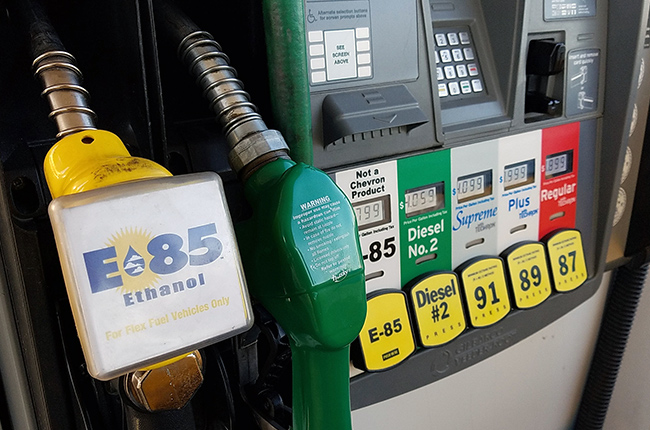
What Is Ethanol-Free Gas?
Ethanol free gasoline contains no ethanol content and is often used for marine engines, small tools, and some classic vehicles. Owners choose it for storage stability and to avoid potential issues in certain older fuel systems. Availability varies by region and price can be higher than local regular gasoline options.
For modern cars designed for E10 and E15, ethanol free is usually not required. Always follow the manual for allowed fuels. For seasonal storage and carbureted equipment, many owners use ethanol free blends with stabilizers to reduce phase separation risk and varnish formation.
What Is An Octane Rating?
Octane rating measures knock resistance in gasoline under compression. Higher octane resists knock better, which helps engines designed with higher compression or turbocharging. Regular is typically eighty seven, mid grade near eighty nine, premium from ninety one upward. Octane numbers at pumps are posted on yellow labels for clear choice.
Higher is not always better when the engine does not require it. Using premium in an engine designed to use regular gasoline often brings little benefit. Follow the minimum octane listed by the manufacturer to protect efficiency and components, and to control fuel costs over time.
Premium Or Regular, Which Actually Saves You Money?
Higher octane prevents knock in engines that require it, but most cars run fine on regular. Follow the minimum octane on your fuel door and in your manual to protect performance and your budget.
When Should You Use Different Fuel Grades?
Follow these some guidelines regarding fuel usage:
- Use premium fuel only when the vehicle explicitly requires it for safe operation.
- Use mid-grade fuel when recommended by the manufacturer or when engine knock is detected.
- Use regular fuel when the vehicle’s manual permits it and no engine knock occurs.
- Listen for engine pinging under load, and seek service if it persists.
- Modern control systems can manage minor variations but cannot compensate for incorrect fuel types.
- Altitude and weather conditions can influence knock risk and may slightly alter fuel needs.
- Keep detailed records of fuel purchases and any symptoms when troubleshooting performance issues.
- Adhere to service intervals for spark plugs and filters to minimize engine knock.
What Happens If You Fill Up With The Wrong Fuel?
Gasoline in a diesel car can damage pumps and injectors. Diesel in a gasoline car can foul plugs and filters.
- Call for assistance and have the system drained by a professional.
- Tow to displace to prevent the spread of the wrong fuel.
- If the engine was already running, turn it off safely and seek help.
- Document the incident for insurance if relevant.
- Quick action limits damage and cost as modern fuels differ in volatility and ignition method.
Ask a technician to inspect the engine for lingering issues after drainage and refill. Always remember that if misfueling occurs, you are not to start the engine.
What Does Unleaded Gas Mean?
Unleaded gasoline contains no added lead compounds. Leaded gasoline once boosted octane, yet it damaged catalytic converters and created health risks. Regulations phased it out for on road vehicles in the United States in the 1990s, finalizing its phase out around 1996. Aviation and some special uses remain separate from road fuel rules today.
Unleaded became the standard as catalytic converters spread across the fleet. Cleaner combustion and lower toxic emissions followed the change. The history explains why pump labels emphasize unleaded. It also explains why mixing fuels with lead is illegal for road use in many jurisdictions.
Is Premium Fuel Worth The Money?
Demand for premium rises with more high compression engines on the road. Many drivers still use regular because their engines are tuned for it. Check your label and manual before paying more at the pump. Spend where it matters for your vehicle and your budget. Use the table below for reference.
| Feature | Premium Gas (Higher Octane) | Regular Gas (Lower Octane) |
|---|---|---|
| Cost | Typically 10-20% more expensive per gallon. | More affordable per gallon. |
| Performance | Designed for high-compression engines to prevent “knocking” and deliver optimal power, potentially improving acceleration and engine longevity. Benefits minimal in cars not designed for it. | Suitable for most standard engines, providing adequate performance and fuel efficiency without added cost. |
| Benefits | Prevents pre-ignition, leading to smoother engine operation and potentially slightly better fuel economy in specific vehicles. | Cost savings at the pump, often with no noticeable performance difference in vehicles not requiring premium. |
What Is Diesel Fuel?
Diesel is a distinct fuel used in compression ignition engines. It has higher energy density than gasoline and burns after air compression raises temperature. Diesel is suitable for trucks and heavy duty machines, delivering torque and range. The refinery stream and combustion process differ from gasoline in key ways.
Gasoline and diesel engines operate on distinct principles. Gasoline engines use spark ignition for a pre-mixed charge, while diesel engines inject fuel into hot, compressed air. These differing processes result in variations in emissions, efficiency, and hardware. To prevent errors during refueling, always adhere to pump labels and nozzle sizes, and never mix fuel types between engines.
What Happens If You Put Diesel In A Gasoline Engine?
Do not start the car. Diesel is heavier and oilier than gasoline. It can clog injectors and filters and stop combustion in a gasoline engine. Tow the vehicle, drain the tank, and flush lines thoroughly. Use a professional service to reduce risk of lingering contamination and future failures.
If some running occurred, expect rough idle, smoke, or stalling. Stop safely and call for help. Keep receipts and notes for your records. Misfueling is common, yet prompt action limits cost and downtime. It is better to prevent misfueling through careful reading of labels, that is the best defense for every driver.
What Gas Do Most Cars Use?
Most cars use regular unleaded gasoline rated at 87 octane. The Premium market share is smaller yet has grown with engines that require it. Mid grade is less common at national scale. Prices and shares move with market and model trends, yet regular diesel remains the daily choice for many drivers.
Always look at pump labels to confirm local practice and octane grade. Premium costs more due to production and demand factors. Choose the grade your engine needs and keep records of mileage and performance. This habit keeps costs predictable and protects the powertrain over time


